
Biogeochemist, oceanographer, proteomics scientist, guitarist for Deep Six, half-Scottish half-Japanese American
Reposted by Scott C. Doney
updates...
Reposted by Scott C. Doney, Mak A. Saito
We have learned that the National Science Foundation is moving ahead with plans to decommission the U.S. Research Vessel/Ice Breaker Nathaniel B. Palmer this October.
If you care about Antarctic research, please read on (1/n)
Reposted by Mak A. Saito
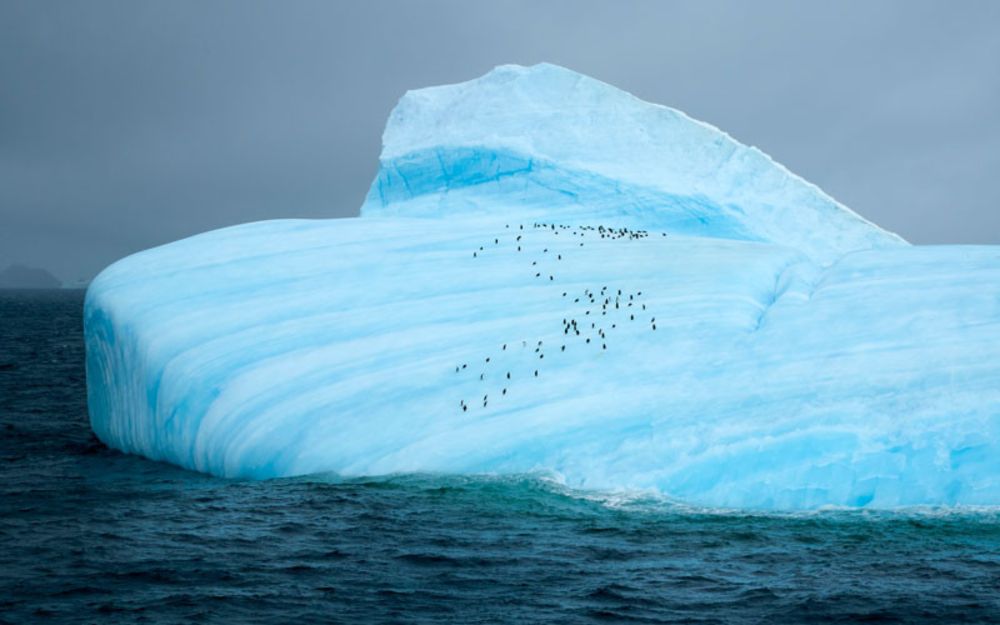
Reposted by Mak A. Saito

I'll be talking about the Chitin Raft Hypothesis and the rise of planktonic marine cyanobacteria.
🧪🦠⚒️🌐 #Paleobio #MEvoSky #MicroSky
www.lifercn.org/events/2025-...
Reposted by Mak A. Saito, Simon J. Greenhill, Michael Z. Lin

www.nytimes.com/interactive/...
Reposted by Mak A. Saito
no 2025 data updates for water quality in W Lake Erie, meaning no public info on the harmful algal blooms.
We detected toxins in April, but we lost the folks who organize & report this data
Reposted by Alessandro Tagliabue, Mak A. Saito

📅 17–21 Nov | 📍 Cape Town
🎓 Training in marine biogeochemistry of trace elements & isotopes for 36 students.
Apply by 30 June 2025 👉 geotraces-2025.sciencesconf.org
#MarineScience #Biogeochemistry #SummerSchool
@scor-int.bsky.social

Reposted by Simon Kirby, Mak A. Saito, Hector MacQueen , and 3 more Simon Kirby, Mak A. Saito, Hector MacQueen, James Allan, Luke Rendell, Martin Porr
Reposted by Mak A. Saito


Reposted by Mak A. Saito, Lawren Sack
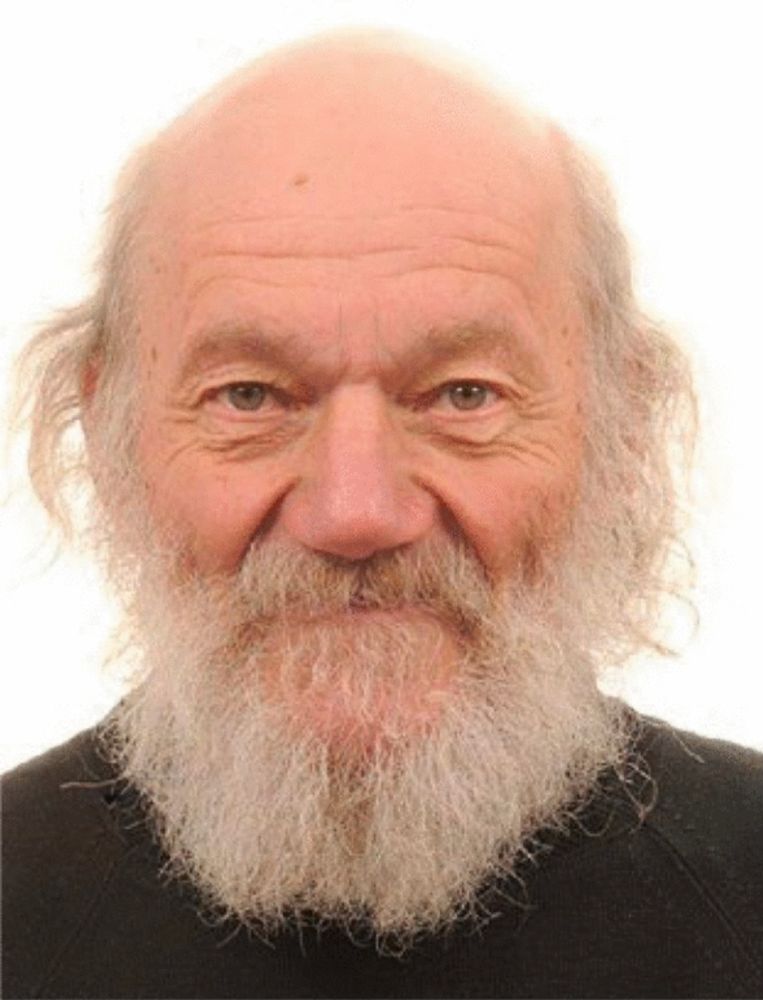
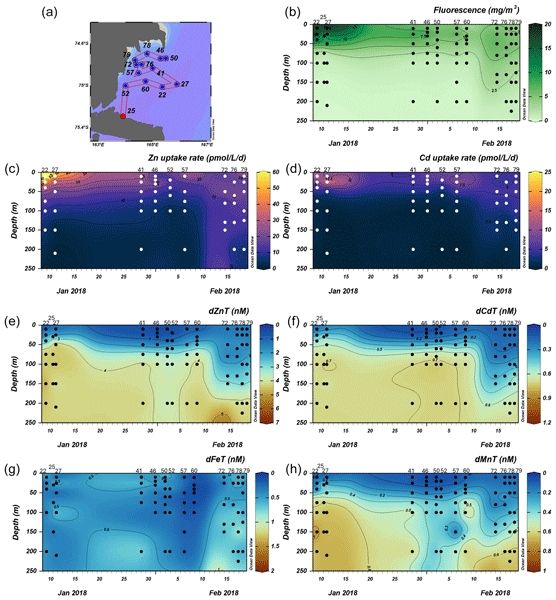
For a large university, this creates a sudden and catastrophic shortfall of hundreds of millions of dollars against already budgeted funds.
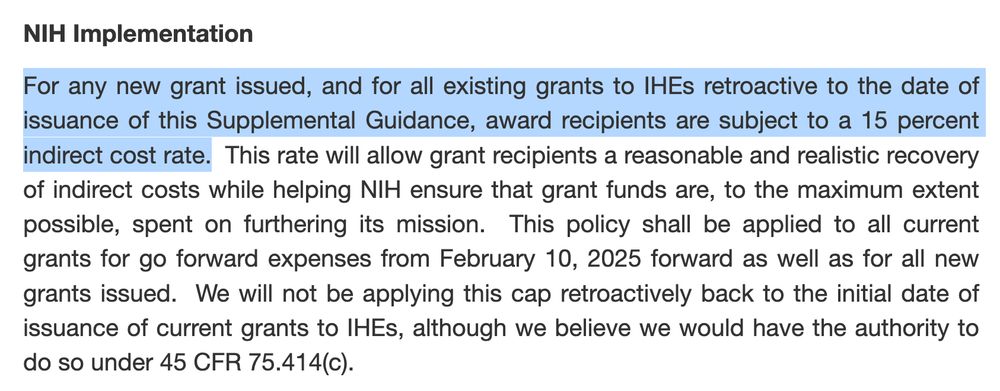

Reposted by Mak A. Saito

Reposted by Mak A. Saito

More information and application link (application deadline is Jan 10): anvio.org/workshops/20...
Please apply and/or circulate 😇
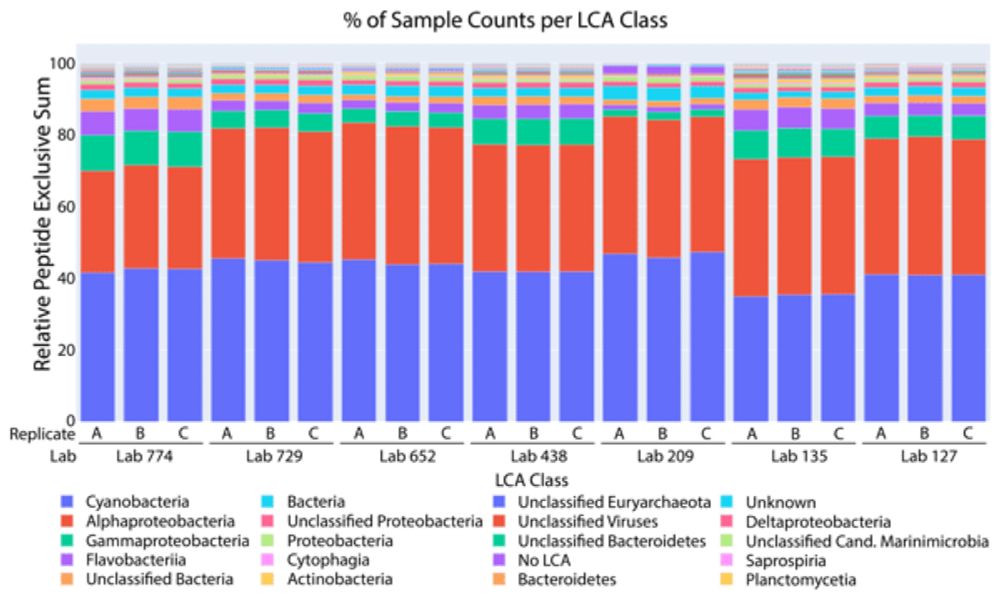
deepsixwoho.hearnow.com



